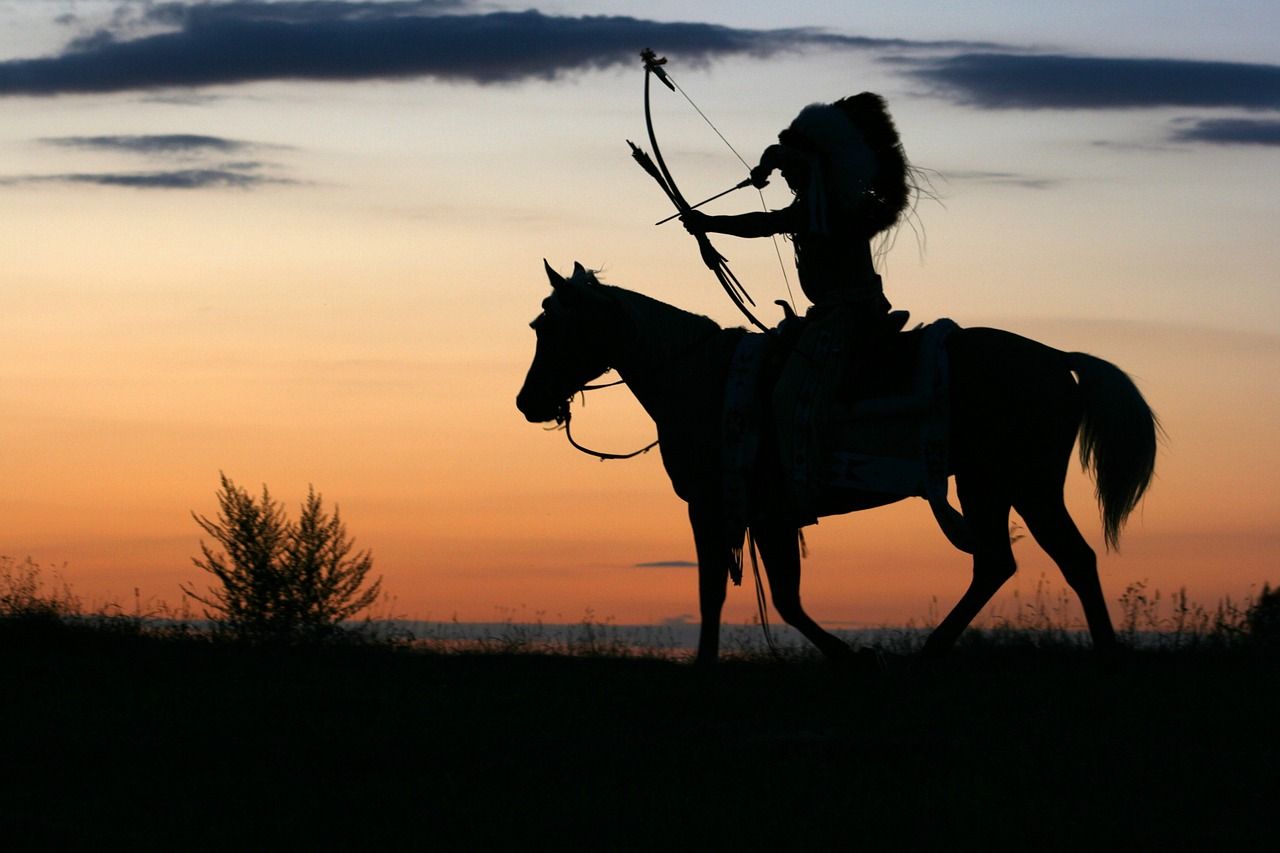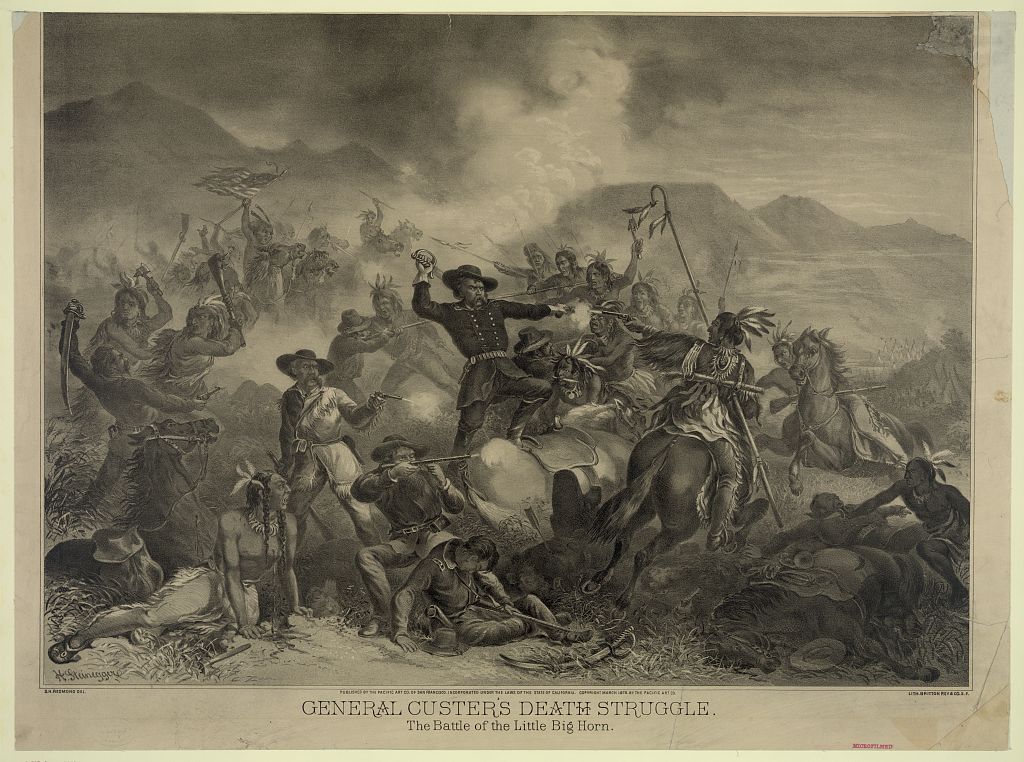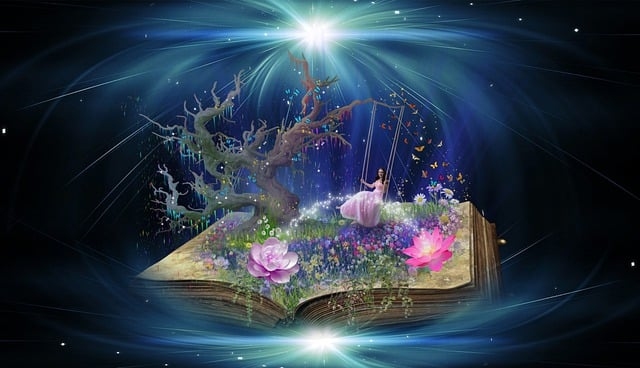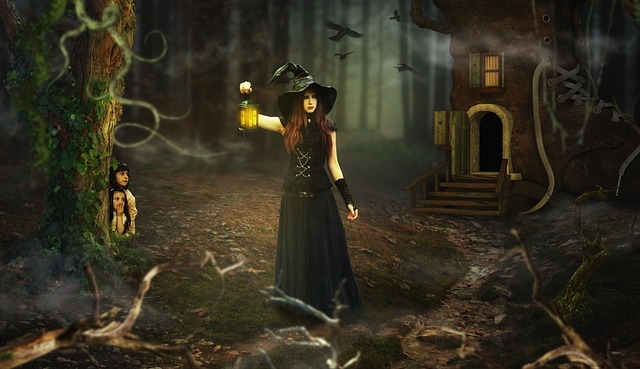

To the Native Americans, there would be an individual, as a rule, a man, who is a spiritual visionary. This special man held the responsibility, from time to time, of seeing visions that would presumably predict the future. Now only were there would be visions, but, in rare cases, messages and warnings heard from spiritual beings that may even interact with the visions, or they were separate phenomenon. An example of a spirit vision pertained to the Lakota Sioux Indian Chief named Sitting Bull, (pictured left) who was born in 1831 and died on December 15, 1890 after being shot in the heart from a gun by the Lakota Indian police who tried to arrest him, he resisted. He was being arrested for creating anti white and anti USA government influences among his people. But some of his fellow tribesmen were employed by the USA government as scouts or as military policemen and enjoyed other various material privileges. Chief Sitting Bull’s fame lies with his warriors and his military leaders, along with Northern Cheyenne fighters and Arapaho fighters who, as a team, mostly destroyed the seventh cavalry unit of General George Armstrong Custer on June 25-26, 1876 along the Little Bighorn River in the Crow Indian Reservation in southeastern Montana Territory.
When people think of spiritual mediums, psychics, and mystics; people usually do not think of such individuals as being Native American Indians. But, since ancient times, the Americas have produced allegedly para-normally gifted persons. This article will study a few legends of such seemingly supernaturally experienced celebrities. In Native American Indianism, tribes would often speak of spirits. Spirits would mean either life force energy intelligence’s found in natural activities, as flowing rivers, rainstorms, thunder, the winds, etc., or spirits would refer to spirits or ghosts of the dead. Other groups of people, as in various religions, would refer to natural activities spirits as the gods or goddess, acting according to their will; or desires. Native American tribes would explain things on the earth or in the sky by the powers of the spirits. There is a theory that after long, long exposure to the monotheistic religions of Christianity and Judaism, the Indians developed the religious concept of “The Great Spirit” that is the ultimate; highest level spirit being that has the greatest authority; power. In recent times, even the term “The Great Spirit” has, in some cases, been replaced by the term “The Creator” the name sounds more scientific than religious to explain creation.
General Custer (pictured below with Abe Lincoln and on right a portrait) disobeyed orders and decided to attack and destroy those Indians who were going off their reservation killing white gold prospectors who flooded into the Black Hills, violating a treaty signed between the USA government and the Indians. Custer was warned by the USA government that there could be a far, far greater number of Indian warriors then he could conquer, but Custer disobeyed orders and rushed in with his men, looking for a great victory. Custer also made the mistake of sending some of his men in separate attacking units in different locations, as the troops under General Reno. The Battle of the Little Big Horn is known to the Lakota and other Plains Indians as The Battle of the Greasy Grass and it is popularly called by others as “Custer’s Last Stand”.


Chief Sitting Bull was a Lakota “Wichasa Wakan”, a holy man mystic and prophet. In early June 1876, during a Sun Dance Ceremony, the Chief made fifty sacrificial cuts into each arm, then danced for hours before falling into a deep trance. In a vision he saw many soldiers “as thick as grasshoppers” falling upside down into the Lakota Camp. This vision was interpreted to mean a great many US Calvary soldiers would be killed, producing a great victory for the Indians. Just a few weeks later, on June 25th and 26th, the prophecy came true with Custer and his contingent of 210 soldiers being slaughtered. One Lakota Sioux method to experience visions includes going on a vision quest, away from people, while doing a limited amount of fasting with much praying to the spirits for a vision and being alert for any strange sightings that might occur which can be part of the vision. There are sacred pipes used in special religious rites to help with seeing spiritual visions.

Another famous Lakota Sioux visionary was Black Elk, who was born on December 1, 1863 and died on August 19. 1950. During Custer’s Last Stand in 1876, Black Elk was 12 years old, and helped an Indian warrior kill a wounded USA soldier by gunshot. Black Elk then scalped the corpse. He was a shaman who practiced healing prayer rituals for his people who were ill. On December 6, 1904, Black Elk received Catholic Baptism and became a Christian. His Christian name, Nicholas, came from that baptismal day being The Feast of Saint Nicholas. Nicholas Black Elk also became a catechist, teachings others about Jesus Christ and Christianity. Nicholas Black Elk converted hundreds of other Indians to Christianity. It is said and written however, that Black Elk renounced his conversion to Christianity and reconverted to his ancient Lakota Sioux Indian religion while on his deathbed. When Black Elk was nine years old, he quickly became very sick; he lay prone and unresponsive for days. At this time period, he experienced a vision whereby he was visited by The Thunder Beings (“Wakinyan” ) who were powerful spirits. These spirits were good, gentle, polite, affectionate, courteous and sagely, like very honored human grandfathers. He also envisioned a great tree that represented the life of the world and all the peoples. Later on in life, Black Elk had another vision by being taken by spirit beings on a journey downward to the center of the earth and to the central mountain to the mountain world.
In 1930, writer and ethnologist John Neihardt, published his book entitled “Black Elk Speaks” about the famous Indian, his life, his beliefs, his visions from personal discussions with him. In 1947, ethnologist and writer Joseph Epes Brown, from diction with Black Elk, recorded the seven sacred rites of the Lakota Sioux in the book called “The Sacred Pipe”.
Another famous Native American visionary was Handsome Lake, who was born in 1735, and died on August 10, 1815; a Seneca religious leader of the Iroquois people. He was a half brother to Cornplanter, the famous Seneca war chief. Handsome Lake had a number of visions, all of which he told to his people. In one vision, he three spirits gave him special rules to enforce among his people. These rules included learning the English language and preserving the land. Handsome Lake also worked to reform his tribal society in terms of fairness; morals, and better health practices, which became known as “The Code of Handsome Lake” and the establishment of the popular by the Indians “Long House Religion”.


